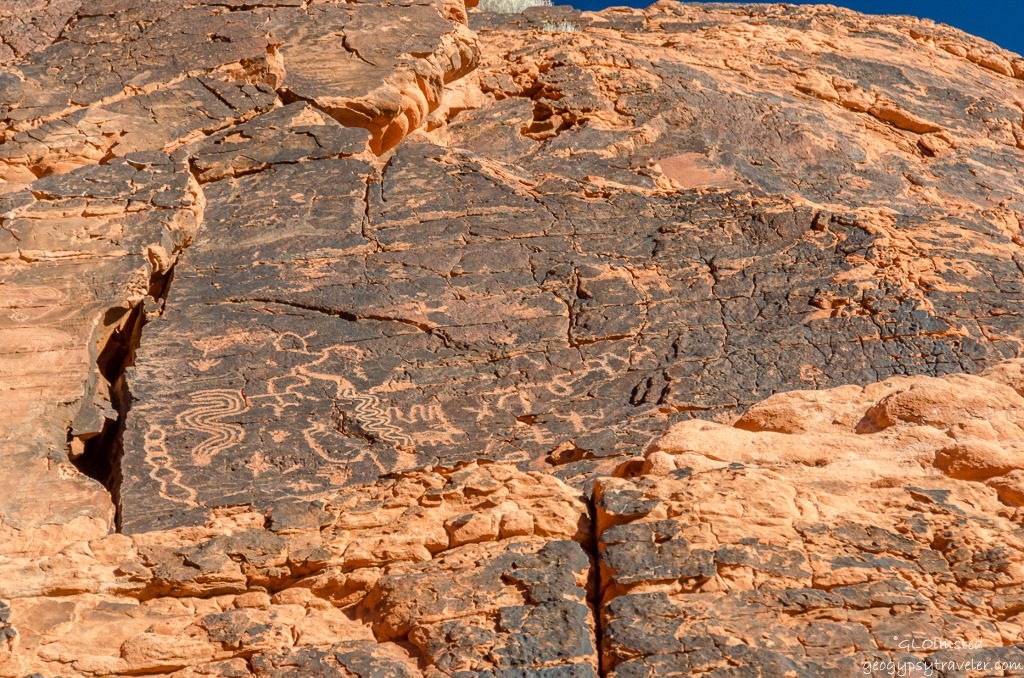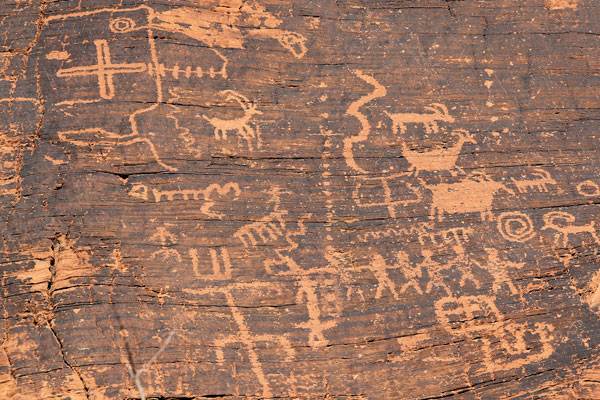
If you do, take care not to disturb it in any way: don’t try to touch it or get close to it.Why? I got this information from : “Unlike us, a desert tortoise can reabsorb moisture from its bladder in effect, it carries a built-in canteen. If you’re EXTREMELY lucky, you might see a Desert Tortoise. Many migrant birds also pass through the park. Resident birds include the raven, house finch, sage sparrow, and roadrunner. Be on the lookout for many different kinds of lizards and snakes and if you’re really lucky, you might spy Big Horn Sheep, Coyotes, Kit Foxes, Spotted Skunks, Black Tailed Jack Rabbits, and Antelope Ground Squirrels.

The roads in the spring are awash with color from the Desert Marigolds, Indigo Bush and Desert Mallow.Īlthough there are plenty of animals in the Valley of Fire, many are nocturnal and not seen by the majority of visitors. The variety of cactus species include beaver tail and cholla make for great pictures, especially when the flowering begins in the spring. PLANTS AND ANIMALS: The desert plant life in the area is abundant, with creosote bush, burro bush, and brillte bush. Click here to get detailed information on the Average Temperatures by Month for the Valley of Fire State Park from.

The middle of the day? Go to Lake Mead during the hottest part! Spring and Fall are great, with comfortable temperatures during the day ranging from 70-85 degrees, depending on when you visit. It is VERY important to NOT touch the petroglyphs, as even the small amount of oils from your hand can be incredibly damaging.ĬLIMATE: The best times to visit the Valley of Fire? ANYTIME!! Seriously, although the summer daily highs can exceed 100 degrees (120 even!), if you visit early in the morning before the sun gets too high, it’s not unbearable. These drawings are visible at several locations within the park, keep reading to find the best places to view them. They definitely stayed long enough to leave behind awesome petroglyphs, the rock art on the canyon walls. It is doubtful that any of these early people lived for any length of time in the Valley of Fire, because of the lack of water. It is assumed that the visits were for food gathering, hunting, and religious ceremonies. to about 1150 A.D, first by the Basket Maker People and later by the Anasazi Pueblo Farmers who lived in the nearby Moapa Valley, a fertile land because of the existence of the Muddy River. OCCUPATION: It is estimated that the park was used by people from about 300 B.C. When the sun is reflecting at the right angle, the formations appear to be on fire! Many of the rock formations also include limestone, shale, and conglomerates. This shifting, along with lots of erosion combined with uplifting and faults, created the uniquely shaped formations that make up the Valley of Fire State Park.

Why is it named the Valley of Fire? Once you see it, or see photos, you’ll have your answer! The Red Sandstone Formations were created during the age of dinosaurs, 150 million years ago, from sand dunes that shifted. It was dedicated in 1935 and covers 34,880 acres.

HISTORY: The Valley of Fire State Park is Nevada’s oldest, and largest, State Park.


 0 kommentar(er)
0 kommentar(er)
